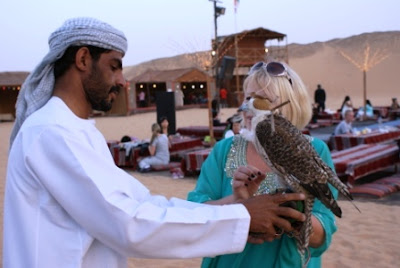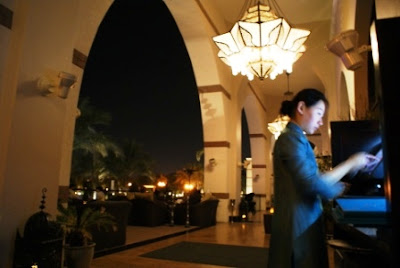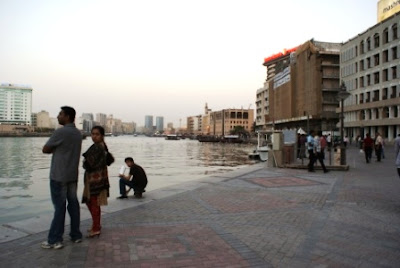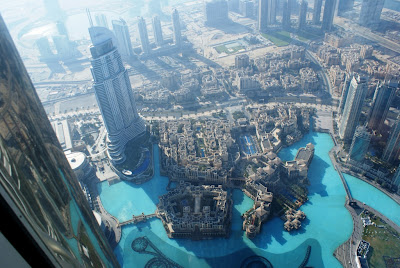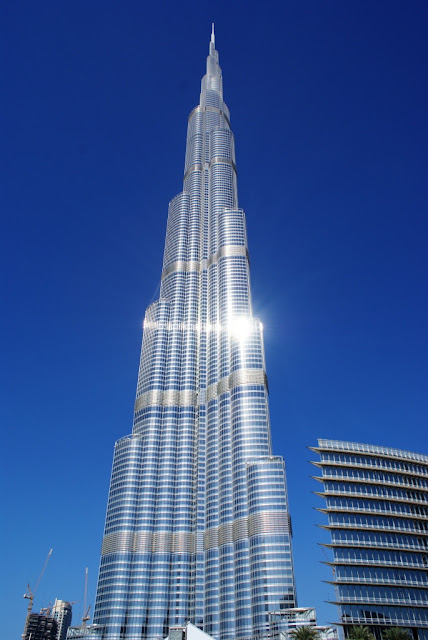The culture in Dubai is very
diverse.
You will find people from all over the world,
especially today due to the economic expansion that needs
Before its recent 21st century economic
expansion, Dubai culture was rather consistent throughout the Emirate.
There was not much immigrant population other
than workers from nearby Middle Eastern and Asian nations like India and
Pakistan.
Iranians were
the first to migrate to Dubai followed by Indians
and Pakistanis .
Today however, the culture of Dubai has become
much diverse.
Despite the multicultural society, everyone seems to coexist without much conflict. A big reason for the safety and peace in Dubai is fear of the local Government or "Sheikdom" as people like to call it.
In a single ruler nation, only the
ruler has the final word. There are no ifs, ands and buts.
Local laws are very strict
on crime committing individuals. The biggest threat the law poses to Dubai
residents is the ability to deport them anytime with no questions asked.
People are living in Dubai for a reason, the
biggest being jobs. If they are deported, they will loose their livelihood.
In fact everyone says Dubai is a safe place, and I think so too. But crime is "omnipresent". It exists everywhere in the
world. Is it much less???







